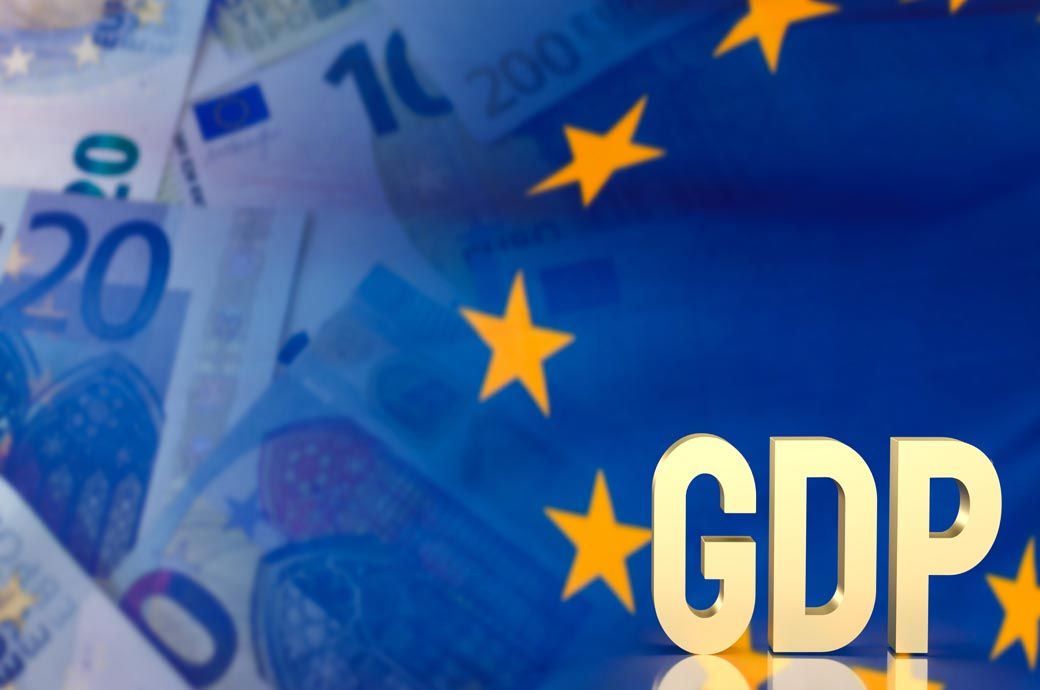
The LEI, therefore, contracted by 4.1 per cent over the six-month period from February to August this year, a lower rate of decline than the 4.5-per cent contraction over the previous six-month period.
The US think tank’s coincident economic index (CEI) for zone inched up again by 0.1 per cent in August to 108.7, the same rate as in July. The CEI grew by 0.4 per cent over the six-month period from February to August 2024, marginally up from the 0.3-per cent growth over the previous six-month period, a release from the think tank said.
The LEI provides an early indication of significant turning points in the business cycle and where the economy is heading in the near term, while the CEI offers an indication of the current state of the economy.
“As in June and July, all components, except the systemic stress indicator, contributed negatively to the LEI. Moreover, a negative yield spread, alongside lower new orders and depressed consumer expectations, weighed the heaviest on the leading Index in the last six months," said Ian Hu, economic research associate at the think tank.
"As such, the semiannual growth rate of the LEI continued to signal recession risks. However, with an expected rate cut from the ECB [European Central Bank] this September, these risks are slated to be alleviated,” Ian added.
Fibre2Fashion News Desk (DS)